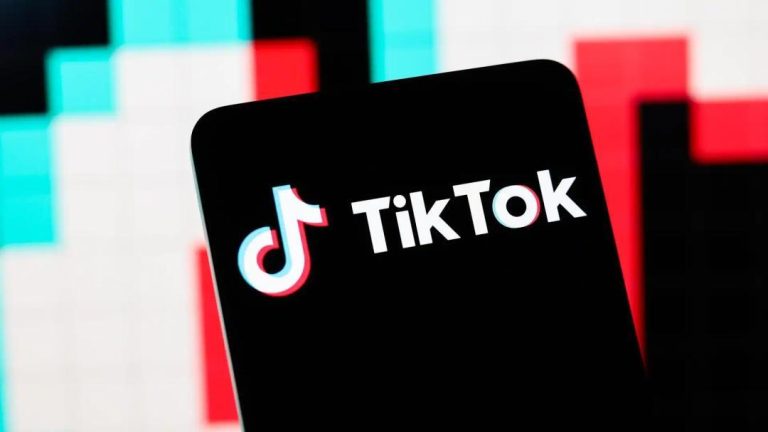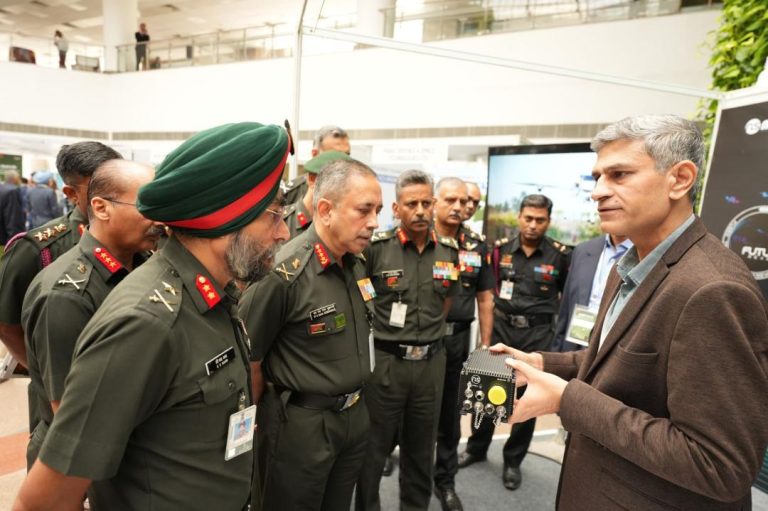
Why are Ola, Uber & Rapido drivers on indefinite strike in Mumbai?
The streets of Mumbai are usually bustling with activity, with the city’s cabs and autos zipping by every few seconds. However, the past few days have seen a stark contrast to this usual scenario. The city’s commuters have been left stranded, with longer wait times and fewer cabs on the road. The reason behind this disruption is an indefinite strike called by Ola, Uber, and Rapido drivers in the city. The drivers, who are the backbone of these ride-hailing services, have been protesting against the unsustainable earnings they receive after deducting aggregator commissions and fuel expenses.
According to reports, the drivers are earning a meager ₹8-12 per kilometre, which is far from satisfactory. While the exact numbers may vary depending on the driver and the type of vehicle they operate, the consensus is that these earnings are unsustainable in the long run. The drivers claim that the rise in fuel and maintenance expenses has made it difficult for them to make a living.
The strike, which began on February 12, has affected thousands of commuters in the city. Many have taken to social media to express their frustration, sharing photos and videos of long queues and empty roads. The strike has also had a significant impact on the city’s economy, with many businesses and services relying on these ride-hailing services to transport employees and customers.
So, what are the reasons behind the strike? In an interview with NDTV, a driver from Ola said, “The aggregator companies are deducting a huge commission from our earnings. They are taking away our hard-earned money and leaving us with peanuts. We are forced to spend more on fuel and maintenance, which is taking a toll on our finances.” Another driver, who operates with Rapido, echoed similar sentiments, saying, “The fare structure is designed in such a way that we are left with very little. We are not even able to cover our expenses, leave alone making a profit.”
The strike is not just limited to Ola, Uber, and Rapido. Many other ride-hailing services, including Gaadi and Savaari, have also been affected. The strike has brought together drivers from different companies, who are united in their demand for better earnings.
The government has been trying to negotiate with the drivers, but so far, no concrete solution has been reached. The state government has formed a committee to look into the issue, but the drivers are skeptical of the government’s intentions. In a statement, the Maharashtra State Taxi Federation said, “We have been asking for a hike in fares for years, but the government has not taken our demands seriously. Now, we are forced to take drastic measures to make our voices heard.”
The strike has also had a ripple effect on the city’s food delivery services. Many food delivery executives, who are also affected by the strike, have joined the protests, adding to the chaos on the streets.
As the strike continues, the commuters of Mumbai are left to bear the brunt. The city’s traffic has come to a standstill, with many people forced to find alternative modes of transportation. The strike is a wake-up call for the government and the ride-hailing companies, who must take concrete steps to address the concerns of the drivers.
In conclusion, the strike by Ola, Uber, and Rapido drivers in Mumbai is a symptom of a larger issue. The drivers are demanding better earnings and a more sustainable livelihood. The government and the ride-hailing companies must work together to find a solution that benefits all parties involved.
News Source:
https://www.ndtv.com/india-news/why-are-uber-ola-and-rapido-drivers-on-indefinite-strike-in-mumbai-8905176/amp/1






